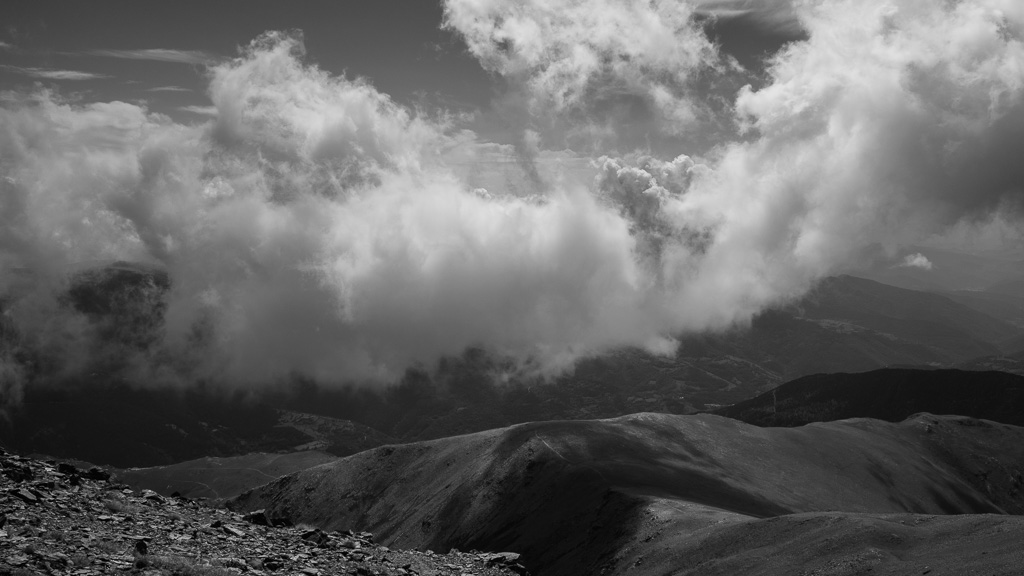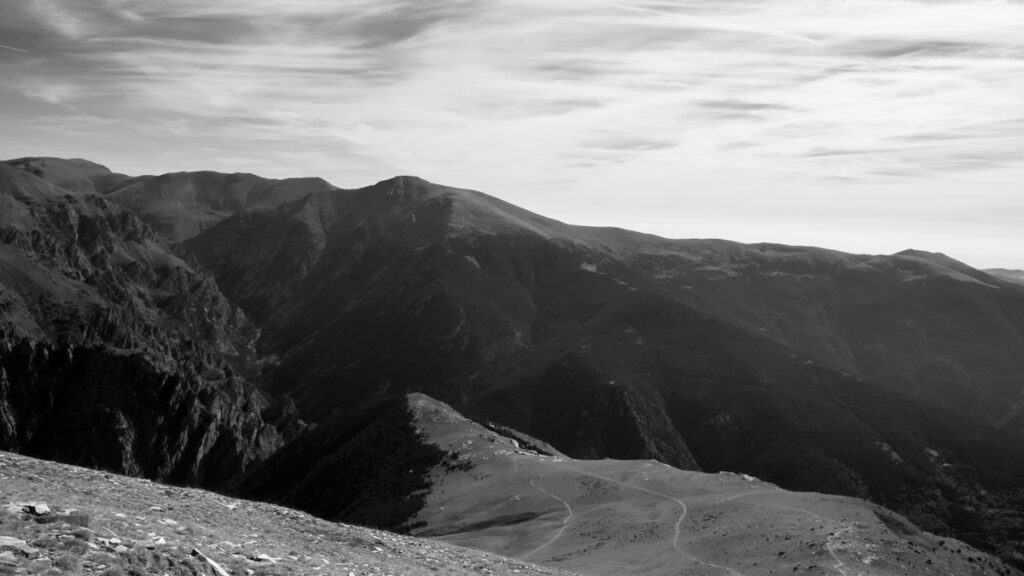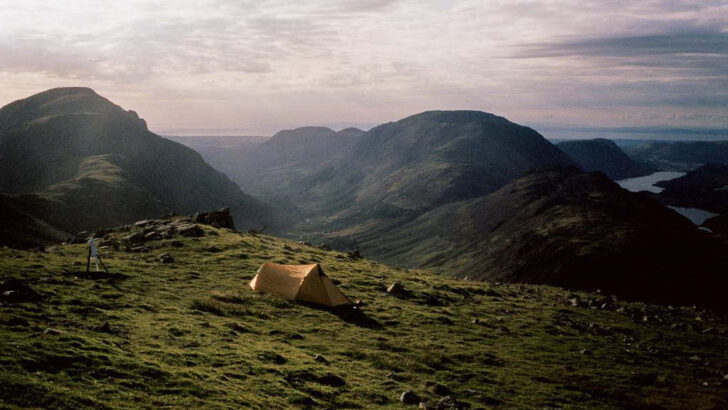Landscape photography has long been a beloved genre among photographers, and for good reason. The beauty and diversity of the natural world offer endless possibilities for capturing stunning images that can transport viewers to far-off places and inspire a sense of awe and wonder. However, taking captivating landscape photos can be a challenging task that requires a mix of technical skill, creativity, and patience. In this article, we’ll share 10 tips for capturing stunning landscape photos that will help you take your photography to the next level. Whether you’re a beginner or an experienced photographer, these tips will give you the tools and knowledge you need to create breathtaking images that showcase the beauty of the natural world. So grab your camera, pack your bags, and get ready to explore the world of landscape photography.
Tip 1: Research and Plan
Capturing stunning landscape photos often requires some planning and research to get the best possible results. Before you head out to shoot, take some time to research your location and plan your shoot.
- Importance of Location and Timing. The location and timing of your shoot can make all the difference in the world of landscape photography. By researching and scouting potential locations in advance, you can find the best spots to capture the natural beauty of the environment you’re in. Take the time to research the area you’re visiting, and find out when the best time of day is for shooting. The golden hour, which is the hour after sunrise or the hour before sunset, is often the best time to capture the warm, soft light that adds depth and texture to your images.
- Tools for Research. The internet is a great resource for researching locations and getting inspiration for your shots. Use Google Maps and other online tools to explore your shooting location in advance, and look for interesting features that could make great subjects for your photos. There are also many photography communities and forums online where you can connect with other photographers who have shot in your location and get advice on the best spots to shoot.
- Importance of Scouting. Scouting is an essential part of landscape photography, especially if you’re shooting in an unfamiliar location. By visiting your location in advance, you can find the best angles, compositions, and lighting conditions for your shots. Take some time to explore the area and look for interesting features that can add visual interest to your photos. Remember to take notes and mark spots that you want to revisit during your shoot.
By doing your research and planning your shoot in advance, you’ll be well-prepared to capture stunning landscape photos that showcase the natural beauty of your surroundings.

Tip 2: Use the Right Gear
Tip 2: Use the Right Gear When it comes to landscape photography, using the right gear can make a big difference in the quality of your photos. Here are some essential pieces of equipment you’ll need to capture stunning landscape photos:
- The Right Camera and Lens. While you can certainly take great landscape photos with any camera, having a camera with manual controls and the ability to shoot in RAW format will give you more control over your photos in post-processing. A wide-angle lens, such as a 16-35mm, is also essential for capturing the expansive views that are common in landscape photography.
- Other Essential Equipment. In addition to your camera and lens, there are a few other pieces of equipment that can make your life easier when shooting landscapes. A sturdy tripod is essential for keeping your camera stable and ensuring sharp, blur-free shots. A remote shutter release can also be helpful, especially when shooting in low light conditions.
- Accessories for Advanced Techniques. If you want to take your landscape photography to the next level, there are a few accessories you can invest in to help you achieve more advanced techniques. A neutral density filter can help you capture long exposures and create dreamy, ethereal images. A polarizing filter can also be helpful for reducing glare and enhancing the colors in your photos.
By using the right gear for your landscape photography, you’ll be able to capture stunning, high-quality images that showcase the beauty of the natural world.
Tip 3: Understand Composition
Composition is an essential element of landscape photography. By understanding the principles of composition and applying them to your photos, you can create images that are visually pleasing and engaging. Here are some composition techniques to keep in mind:
- Rule of Thirds. The rule of thirds is a basic composition principle that can help you create balanced, visually interesting images. Imagine your photo divided into a grid of thirds, both horizontally and vertically. The points where the lines intersect are the points of interest in your photo. By placing your subject at one of these points, you can create a more balanced and visually engaging composition.
- Leading Lines. Leading lines are a great way to guide the viewer’s eye through your photo and create a sense of depth and perspective. Look for natural lines in the landscape, such as roads, rivers, or fences, and use them to create a visual path through your photo.
- Framing and Depth. Framing and depth can add interest and dimension to your landscape photos. Look for natural frames in the landscape, such as trees or archways, and use them to frame your subject. Adding elements to the foreground of your photo can also create a sense of depth and add interest to the composition.
By understanding and applying these composition principles to your landscape photos, you can create visually engaging images that capture the beauty and depth of the natural world.

Tip 4: Use Natural Light to Your Advantage
Tip 4: Use Natural Light to Your Advantage Light is a critical component of photography, and understanding how to use natural light can make a big difference in your landscape photos. Here are some ways to use natural light to your advantage:
- Golden Hour and Blue Hour. The golden hour, which is the hour after sunrise or the hour before sunset, is often the best time to capture stunning landscape photos. During this time, the light is soft and warm, creating a beautiful golden glow on the landscape. The blue hour, which is the hour before sunrise or the hour after sunset, can also be a great time to shoot. During the blue hour, the sky takes on a deep blue hue, creating a dramatic and moody atmosphere.
- Weather Conditions and Their Impact. Weather conditions can also have a significant impact on the quality of your landscape photos. Cloudy or overcast skies can create a soft, diffused light that is perfect for capturing details and textures in the landscape. On the other hand, clear skies can create harsh, contrasty light that can be challenging to work with. Fog, mist, and rain can also add interest and atmosphere to your photos.
- Understanding Light and Shadows. Understanding how light and shadows work in your photos can help you create more dynamic and visually interesting images. Look for areas of contrast in your scene, such as areas of light and shadow, and use them to create a sense of depth and dimension. Pay attention to how the light is hitting your subject, and adjust your camera settings accordingly to capture the scene as accurately as possible.
By using natural light to your advantage, you can create stunning landscape photos that capture the beauty and mood of the natural world.
Tip 5: Use a Tripod
Using a tripod is essential for landscape photography, as it allows you to keep your camera stable and take sharper, more detailed shots. Here are some tips for using a tripod:
- Importance of Stability. Stability is essential when shooting landscapes, as even the slightest movement can cause your shots to come out blurry or distorted. A tripod provides a stable base for your camera, allowing you to take longer exposures and keep your camera steady in windy conditions.
- Choosing the Right Tripod. Choosing the right tripod is important for getting the most out of your landscape photography. Look for a tripod that is sturdy and well-made, with legs that are adjustable and easy to lock in place. Make sure your tripod can support the weight of your camera and lens, and look for a tripod that is lightweight and easy to carry around.
- Advanced Techniques Using a Tripod. Using a tripod opens up a world of advanced techniques in landscape photography. For example, you can use a tripod to capture long exposures, creating dreamy, ethereal images of flowing water or moving clouds. You can also use a tripod to take multiple shots of the same scene, which you can then combine in post-processing to create a high dynamic range (HDR) image.
By using a tripod in your landscape photography, you’ll be able to capture sharper, more detailed shots and take advantage of advanced techniques that can take your photography to the next level.
Tip 6: Experiment with Different Perspectives
To create truly stunning landscape photos, it’s important to experiment with different perspectives and angles. Here are some ways to do so:
- Shooting from Different Angles. Shooting from different angles can add a unique and interesting perspective to your landscape photos. Try shooting from a low angle, which can make your subject appear more prominent and imposing. Alternatively, shooting from a high angle can create a sense of scale and depth, especially if you’re shooting from a hill or elevated location.
- Using Unique Viewpoints. Using unique viewpoints can help your photos stand out and capture the beauty of the natural world in a new and interesting way. Look for unusual or unexpected viewpoints, such as shooting through a hole or framing your subject through a natural arch. You can also experiment with different focal lengths and lenses to capture a unique perspective on the landscape.
- Panning and Zooming Techniques. Panning and zooming techniques can add a sense of motion and dynamism to your landscape photos. For example, you can pan your camera to capture the movement of clouds or water, creating a sense of motion and energy in your photos. You can also use a zoom lens to create a sense of depth and perspective, zooming in on your subject to create a sense of intimacy or zooming out to capture a wider view of the landscape.
By experimenting with different perspectives and angles, you can create landscape photos that are unique, visually interesting, and truly stunning.
Tip 7: Utilize Filters
Filters are an essential tool in the landscape photographer’s arsenal, allowing you to manipulate the light and colors in your photos and create stunning, eye-catching images. Here are some filters to consider using in your landscape photography:
- Types of Filters and Their Use. There are many different types of filters available for landscape photography, each with its own unique purpose. Neutral density (ND) filters are useful for reducing the amount of light that enters your lens, allowing you to use slower shutter speeds and capture long exposures. Graduated neutral density (GND) filters are designed to balance the exposure of your photo, with a darker top half and a lighter bottom half. Polarizing filters can reduce glare and reflections and enhance the colors in your photos.
- Graduated Neutral Density Filters. Graduated neutral density (GND) filters are especially useful in landscape photography, as they can help you balance the exposure of your photo and capture details in both the sky and the foreground. These filters are typically rectangular or square and are designed to be mounted on the front of your lens. By placing the darker half of the filter over the brighter part of the scene, you can balance the exposure and capture a more evenly exposed photo.
- Polarizing Filters. Polarizing filters are also useful in landscape photography, as they can reduce reflections and glare and enhance the colors in your photos. These filters work by blocking certain wavelengths of light and allowing others to pass through. By rotating the filter, you can adjust the level of polarization and create a more balanced and visually interesting photo.
By utilizing filters in your landscape photography, you can add depth, drama, and visual interest to your photos, creating stunning images that capture the beauty of the natural world.
Tip 8: Post-Processing Techniques
Post-processing is an essential step in landscape photography, as it allows you to refine and enhance your images and bring out the full potential of your photos. Here are some post-processing techniques to consider:
- Basic Editing. Basic editing involves adjusting the exposure, contrast, and color balance of your photos to create a more balanced and visually appealing image. Use the basic tools in your editing software to adjust the exposure, contrast, and saturation levels of your photo, and make minor adjustments to the white balance to correct any color cast.
- Advanced Techniques. Advanced techniques involve using more complex editing tools to adjust the tone, contrast, and color of your photos. For example, you can use selective editing tools to adjust specific parts of your photo, such as the sky or the foreground. You can also use tools like luminosity masks and blending modes to create more intricate and detailed edits.
- Software and Tools. There are many different editing software and tools available for landscape photography, ranging from basic programs like Adobe Lightroom to more advanced programs like Adobe Photoshop. Experiment with different editing software and tools to find the one that best fits your needs and style.
Remember, post-processing should always be used to enhance your images, not to completely transform them. Strive for a natural and balanced look in your photos, and use post-processing to bring out the full potential of your images without going overboard.
By using post-processing techniques in your landscape photography, you can take your photos to the next level and create stunning, visually appealing images that capture the beauty and mood of the natural world.
Tip 9: Be Patient and Flexible
Landscape photography requires a great deal of patience and flexibility, as the weather and lighting conditions can change rapidly and unpredictably. Here are some tips for staying patient and flexible in your landscape photography:
- Be Prepared to Wait Sometimes, the best shots require waiting for the right conditions or the right moment. Be prepared to wait for the perfect light or weather conditions, and don’t be afraid to spend extra time at a location if you think there’s a shot worth waiting for.
- Stay Flexible with Your Plans. Weather and lighting conditions can change quickly, and you may need to adjust your plans or change locations at the last minute. Stay flexible and be prepared to adapt to changing conditions, and always have a backup plan in case your original plans fall through.
- Embrace the Unexpected. Sometimes, the most interesting and unique shots come from unexpected sources. Don’t be afraid to experiment and try new things, and be open to unexpected opportunities that may present themselves during your shoot.
By being patient and flexible in your landscape photography, you can increase your chances of capturing stunning, one-of-a-kind images that truly showcase the beauty and wonder of the natural world.
Tip 10: Respect Nature and Wildlife
As a landscape photographer, it’s important to remember that you are a guest in the natural world and that your presence can have an impact on the environment and wildlife around you. Here are some tips for respecting nature and wildlife while photographing landscapes:
- Follow Leave No Trace Principles. Follow Leave No Trace principles by packing out all your trash, staying on designated trails, and avoiding damaging vegetation or wildlife habitats. Be mindful of your impact on the environment and do your best to minimize it.
- Respect Wildlife. Respect wildlife by keeping a safe distance and avoiding disturbing their natural behavior. Use a long lens if you need to get closer to wildlife, and never approach or feed wild animals.
- Be Mindful of the Seasons. Be mindful of the seasons and the impact your presence may have on the natural environment during different times of the year. Avoid photographing fragile ecosystems during sensitive times, such as breeding seasons or during periods of drought.
By respecting nature and wildlife, you not only protect the environment and its inhabitants but also ensure that future generations can continue to enjoy and appreciate the beauty of the natural world.
Conclusion
Landscape photography is a beautiful and rewarding form of photography, allowing you to capture the beauty and wonder of the natural world. By following these ten tips, you can take your landscape photography to the next level and create stunning images that showcase the beauty, mood, and depth of the landscape. Remember to do your research and plan your shoots, use the right gear, understand composition, use natural light to your advantage, use a tripod, experiment with different perspectives, utilize filters, use post-processing techniques, be patient and flexible, and respect nature and wildlife. With these tips in mind, you can capture truly breathtaking photos that will inspire and awe those who view them. So, grab your camera and get out there – the natural world is waiting to be captured through your lens!
